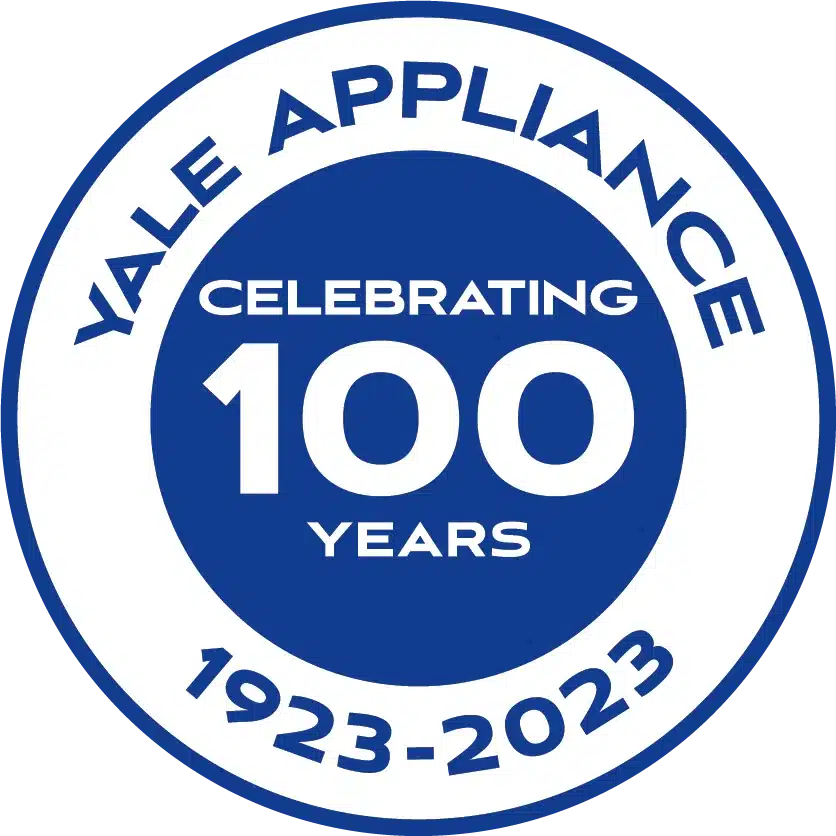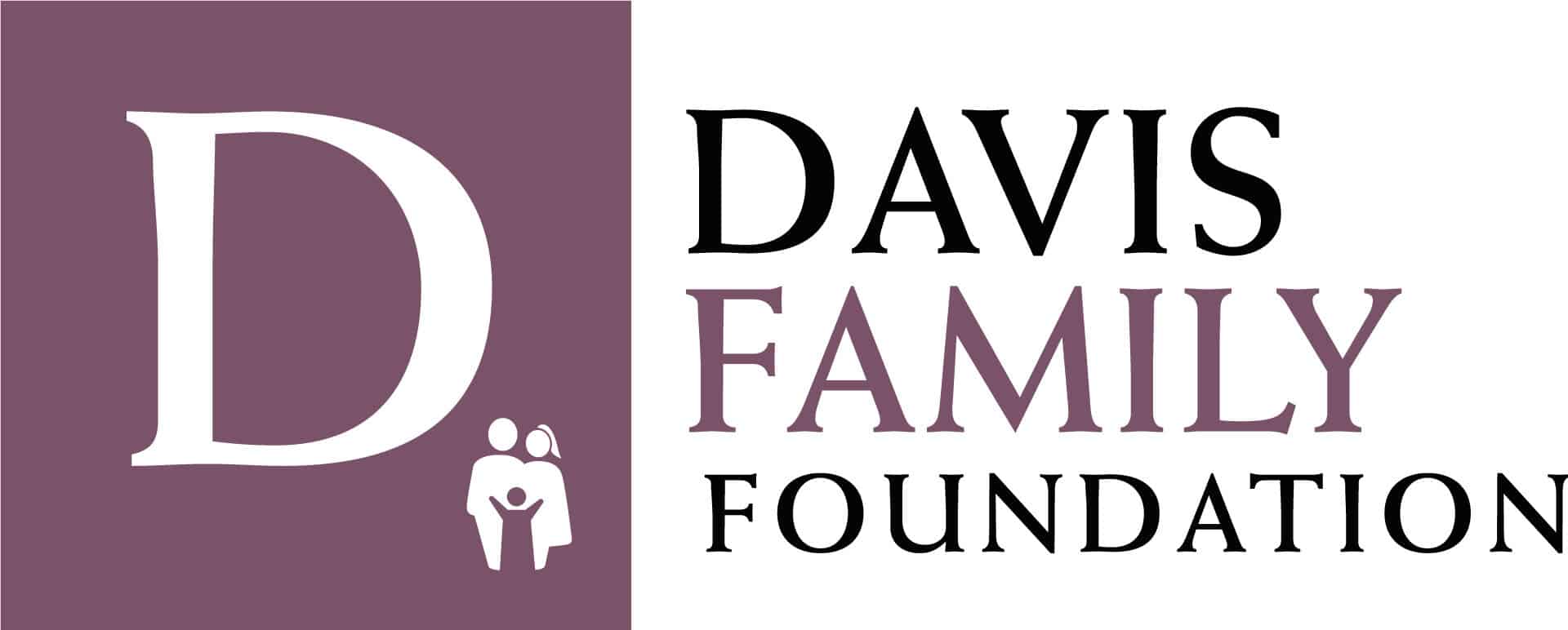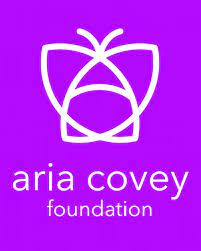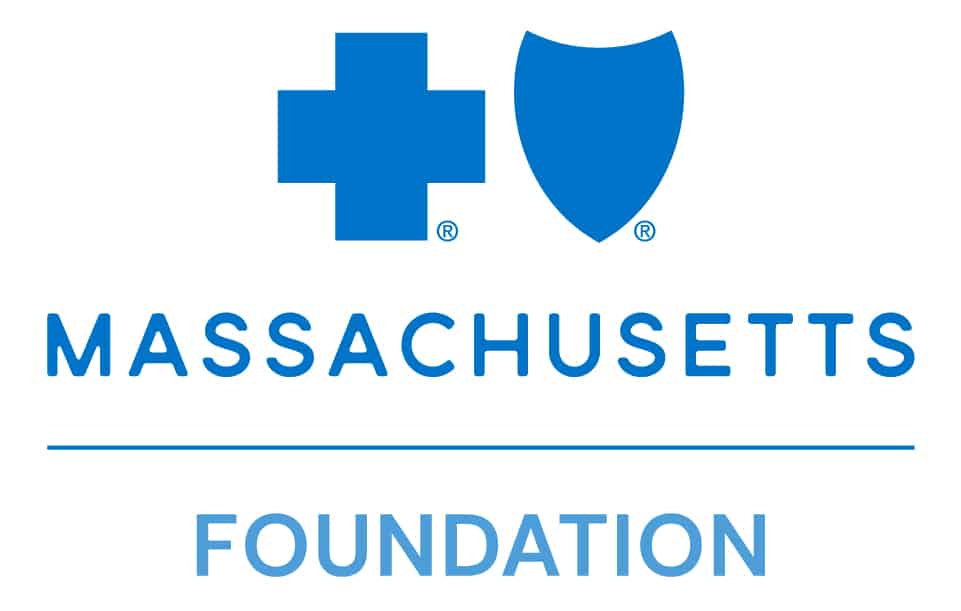
Screening and safety
Mothers’ Milk Bank Northeast follows strict standards established by the Human Milk Banking Association of North America (HMBANA) in consultation with the Centers for Disease Control, Food and Drug Administration, the New York State Department of Health, and the blood and tissue banking industries.
Milk Donors
Milk donors are healthy, lactating women with surplus milk. They are never paid. They give their milk for purely altruistic reasons. This eliminates the incentive to provide anything except accurate and honest information.
Donor screening
- Detailed oral and written medical and lifestyle histories. This includes ongoing communication regarding medication use and illnesses.
- Physician letters confirming health of donor
- Blood tests to detect HIV, HTLV, hepatitis B & C, and syphilis
- Some medications (prescription and supplement included) are not allowed
Ineligibility
Disqualifying conditions include:
- Positive blood test result for diseases including HIV and Syphilis
- Donor or sexual partner is at risk for HIV
- Tobacco products, illegal drugs, daily alcohol use. Alcohol consumption requires a waiting period.
- Donor or sexual partner has received a blood transfusion or blood products in the last 4 months
- Donor or sexual partner has received an organ or tissue transplant in the last 12 months
Acceptable medications
Some medications are acceptable for use while others require a deferral period. This allows time for the drug to clear from the body. Medication standards are reviewed and updated in accordance with new guidance. Generally accepted medications include acetaminophen, ibuprofen, and seasonal flu shots.
Laboratory Processing
Donor milk arrives frozen. It is carefully recorded and stored. Milk from multiple donors is thawed in a refrigerator overnight, pooled, and mixed to ensure an even distribution of nutrients. It is then poured into bottles by our qualified lab technicians.
Pasteurization
Trays of milk bottles are heated in a shaking water bath using the Holder Method of pasteurization. This eliminates bacteria while retaining most of the beneficial components. Pasteurized milk is quickly cooled and frozen again.
Testing
Post-pasteurization: One bottle from each tray is sent to an independent lab. They test for bacteria growth after the heating process. Only approved milk is dispensed.
Storage and Shipping
Each bottle is labeled with an expiration date one year after the earliest pump date in the batch. Milk is shipped overnight in coolers with dry ice. It arrives frozen the next day.
Ensuring that our milk is safe for the most vulnerable infants, these screening and safety steps are crucial. Thank you for understanding and generously supporting little lives.
Safe. Trusted. Lifesaving.




